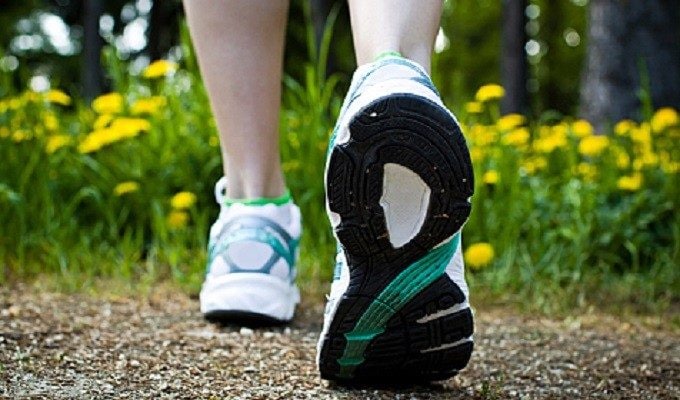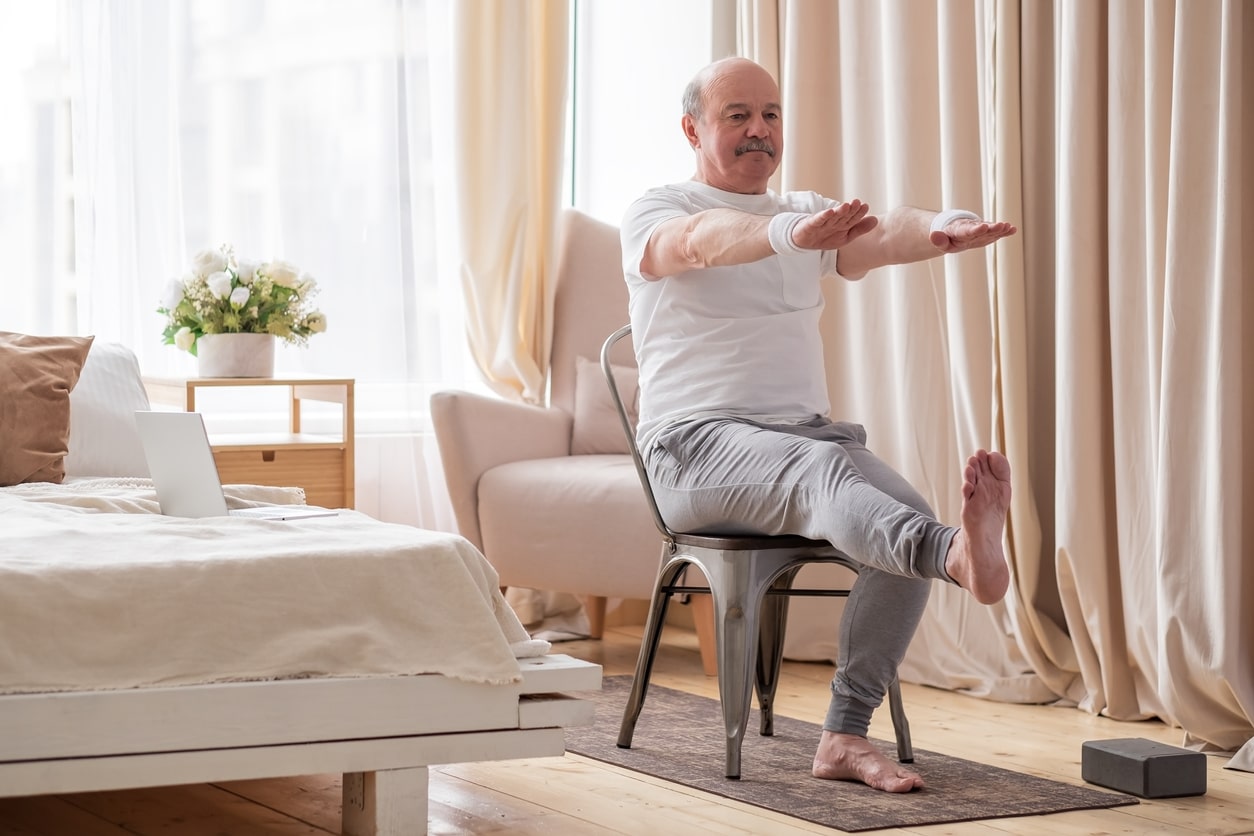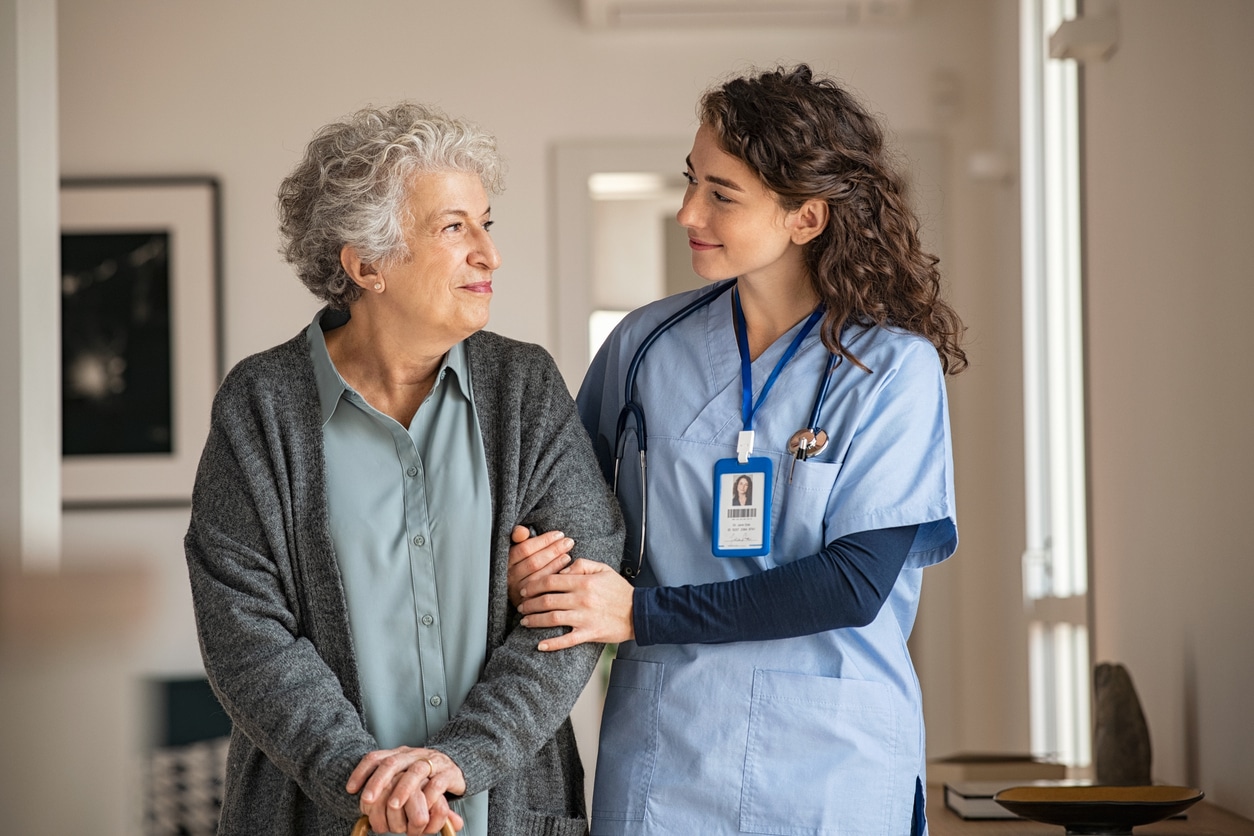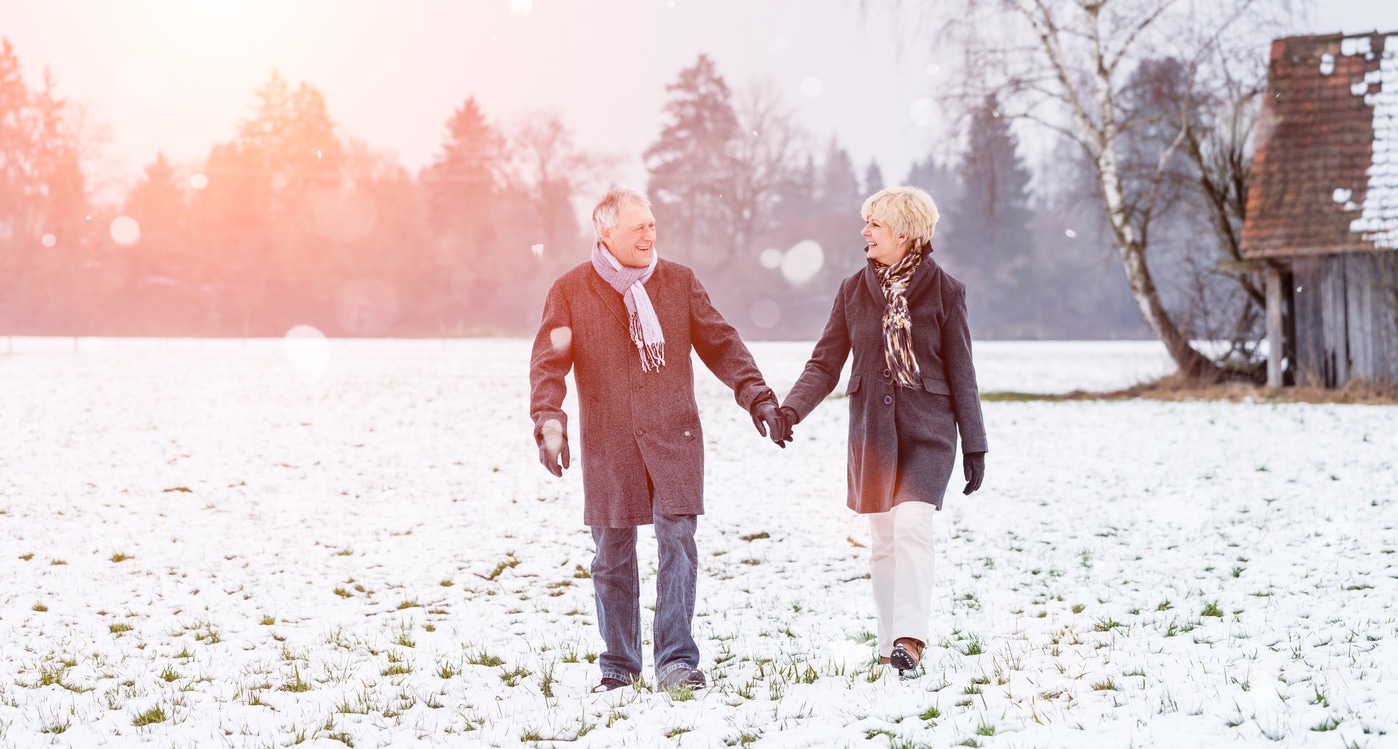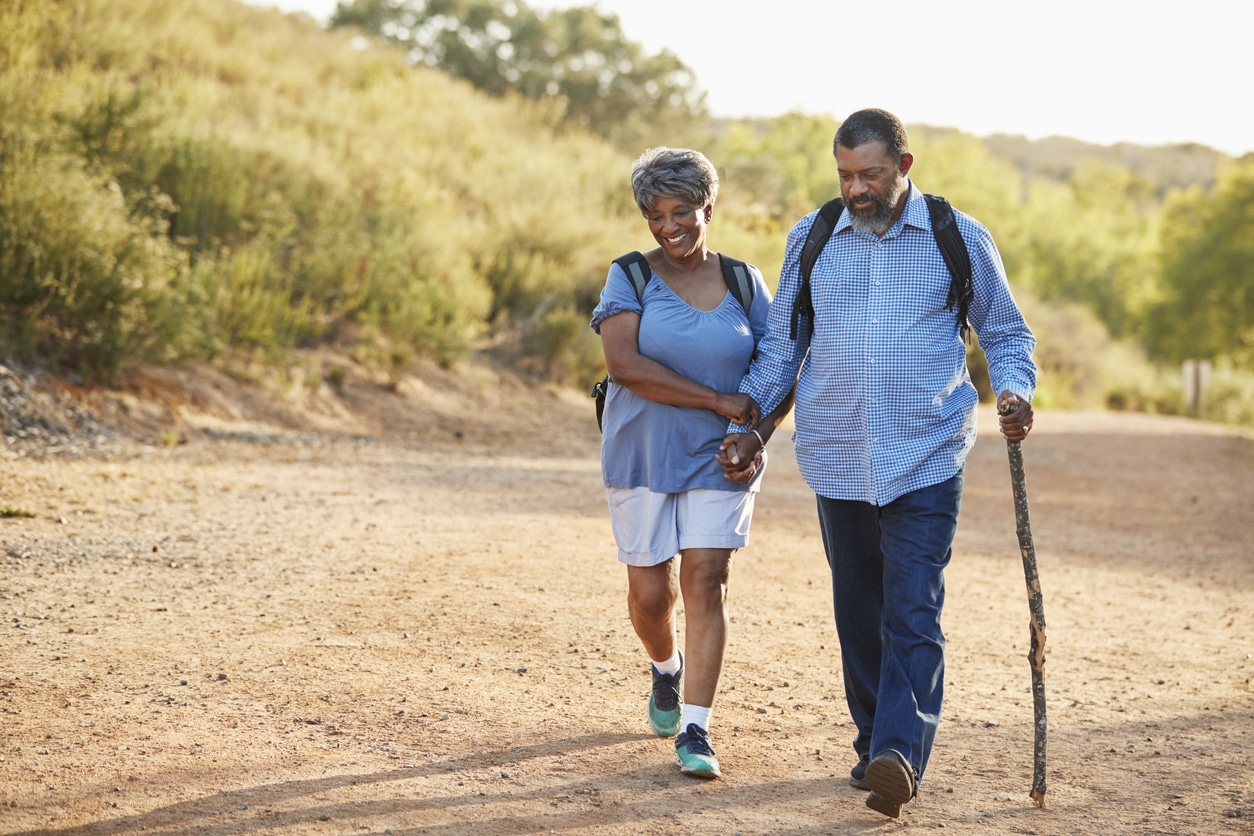One of the biggest dangers and causes of injury for our seniors is slipping and falling. Brittle bones and weakened muscles make them very vulnerable. A great way to help prevent falls is proper footwear. There comes a time when we need supportive shoes. Our arches fall, our feet swell, and we may be less steady on our feet. Even small falls can cause big injuries.
We’ve all heard that “sensible shoes” help prevent falls. But what are sensible shoes? Surprisingly, they’re not necessarily sneakers. It turns out that, for seniors, the thick and clunky soles of athletic shoes can cause them to trip and fall more often, especially on carpet. The safe choice is a modest non-slip shoe.
Many podiatrists and orthopedists agree that the safest shoes have a heel that isn’t too high and that has some type of fastener, such as laces or buckles. The best variety of non-slip shoes are actually walking shoes, says Dr. Carol Frey, director of the Foot and Ankle Center at the Orthopedic Center in Los Angeles. Unlike running shoes or other types of athletic shoes, walking shoes are ideal because they provide traction but don’t have the heavy soles that many types of athletic shoes have. They also have more flexibility in the ball of the foot and better arch support.
Podiatrist-Recommended Brands
Dr. Cary Zinkin, spokesperson for the American Podiatric Medical Association (APMA), recommends the following brands of walking shoes:
- Asics GT-1000
- Brooks Trance
- New Balance 812 and New Balance 990
In addition, shoes with “motion control” provide extra cushioning on the arch side of the foot. It’s a shoe feature that can also be added with inserts. The APMA recommends Spenco brand.
For the best selection and service, go to a running shoe store, where you can be fitted by experts. You’ll pay more, but cheap non-slip shoes won’t provide you with the protection and support you need. You should expect to pay around $75 for a quality pair of walking shoes. Not only will they be safer, but they’ll last longer.
Choosing Safe Slippers
Around the house, it’s more comfortable to wear slippers or “house shoes.” But even slippers can be unsafe, especially if they are flexible and have smooth soles. ComForcare Home Care Services recommends slippers that come in varying lengths and widths, are adjustable to accommodate foot swelling or to wear with socks, have treads on the bottom, have a sole of no more than a half inch high, and are machine washable. Never buy a pair of slippers that are backless. HealthyFeetBlog.com recommends these brands of slippers for specific foot conditions:
- For Plantar Fasciitis – Slippers with arch support, such as Geisswein and Orthaheel
- Cold feet – Acorn and Old Friend
- Diabetes – Cloud Nine, Comfortrite
To help prevent falls, make sure your shoe selections are truly sensible. Here are some other ways to avoid falls in the home.
